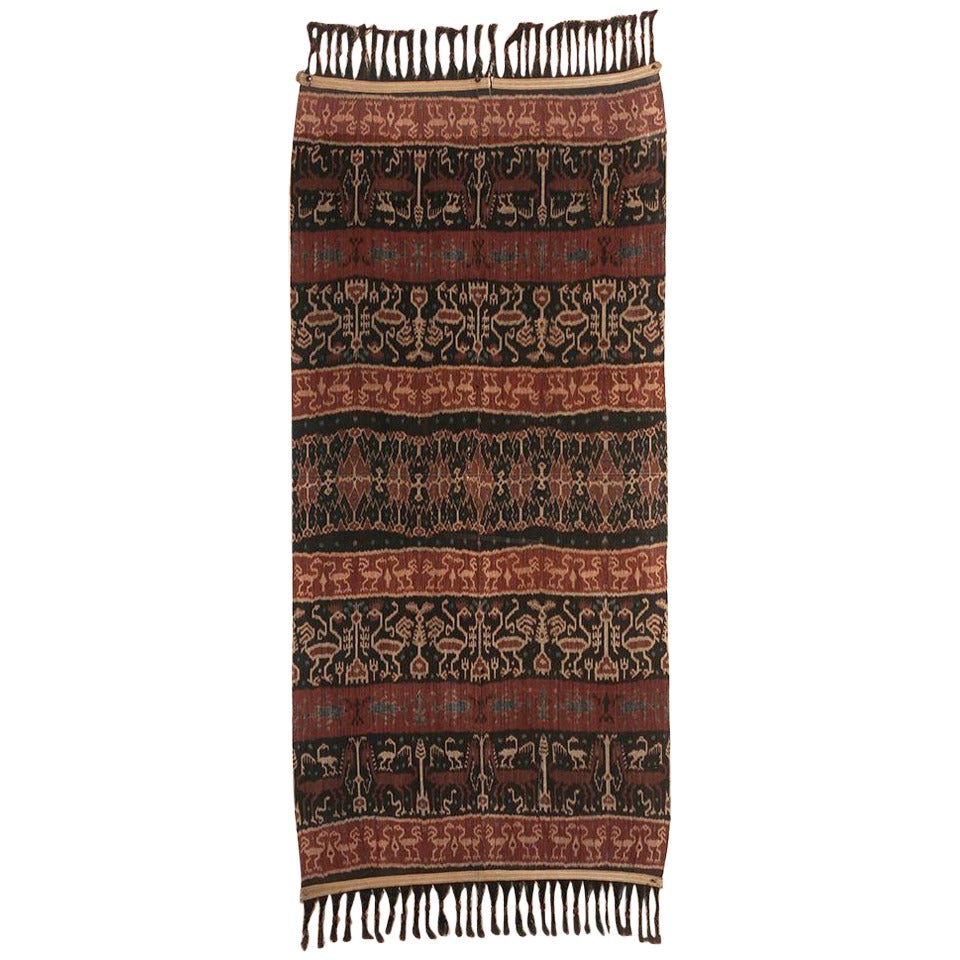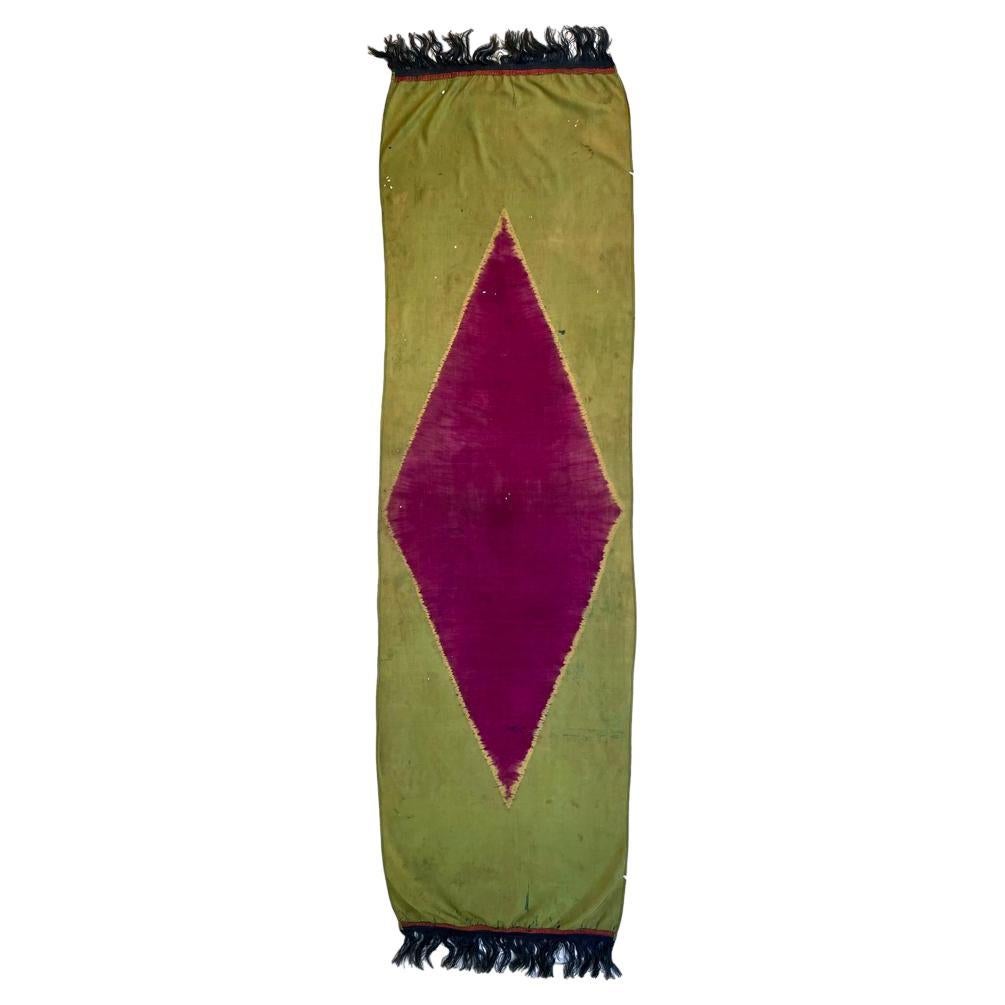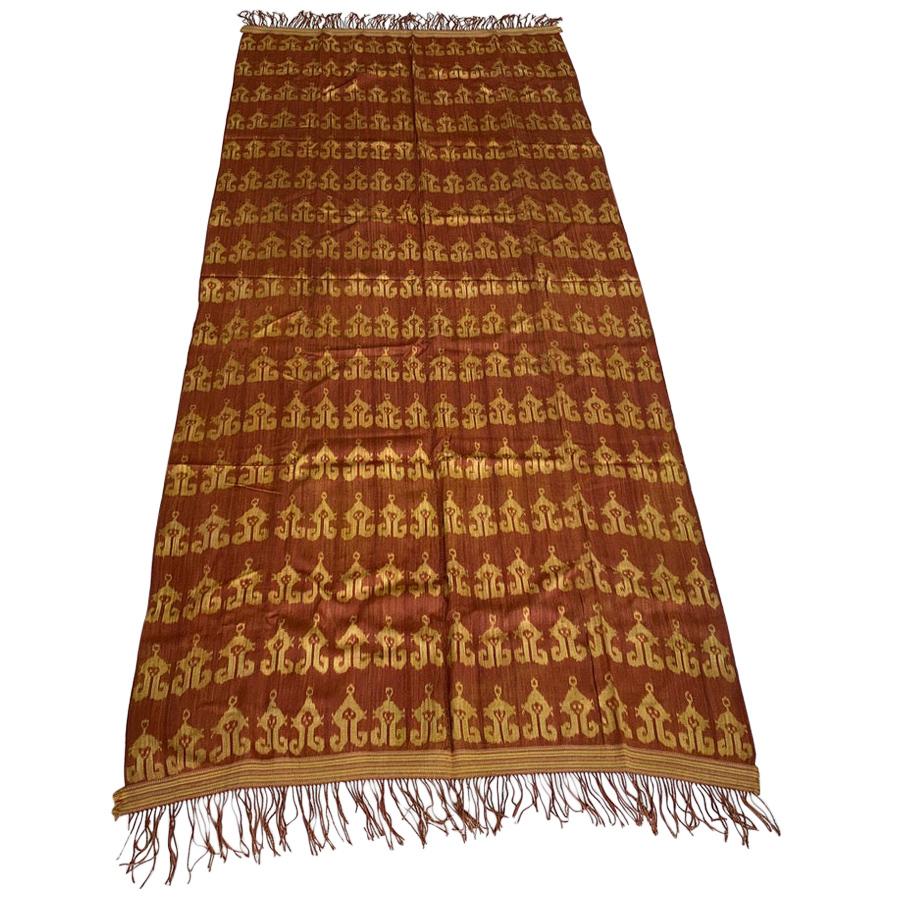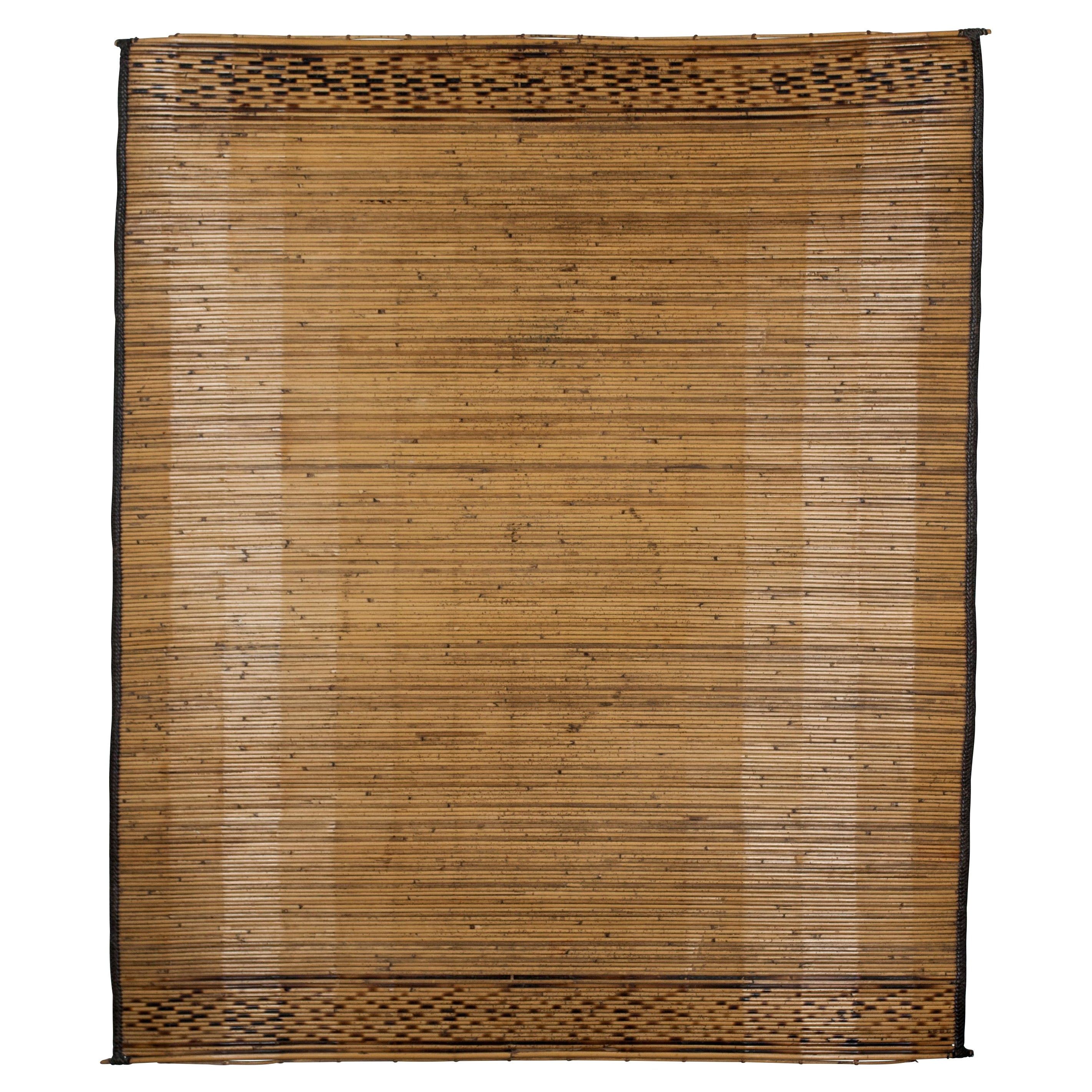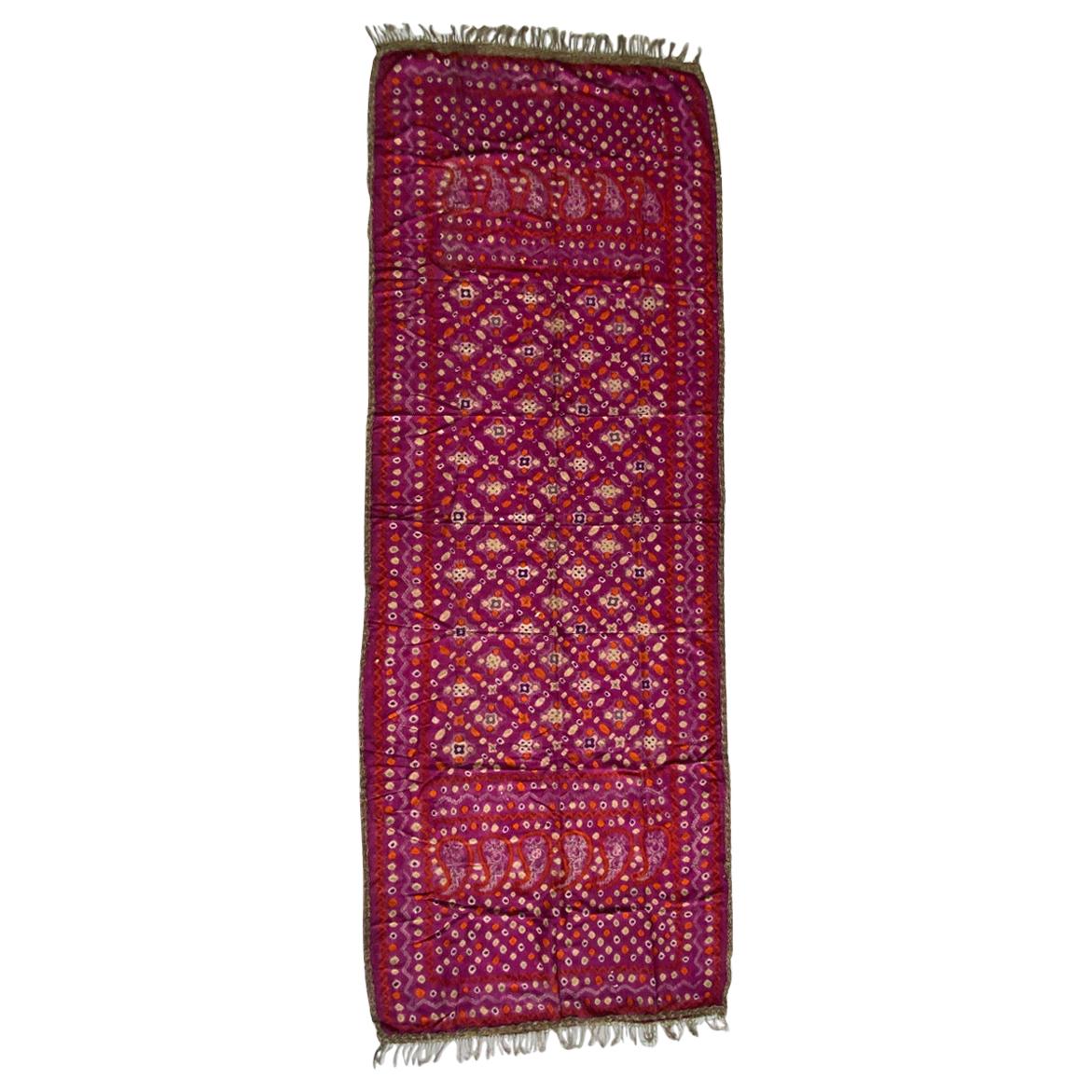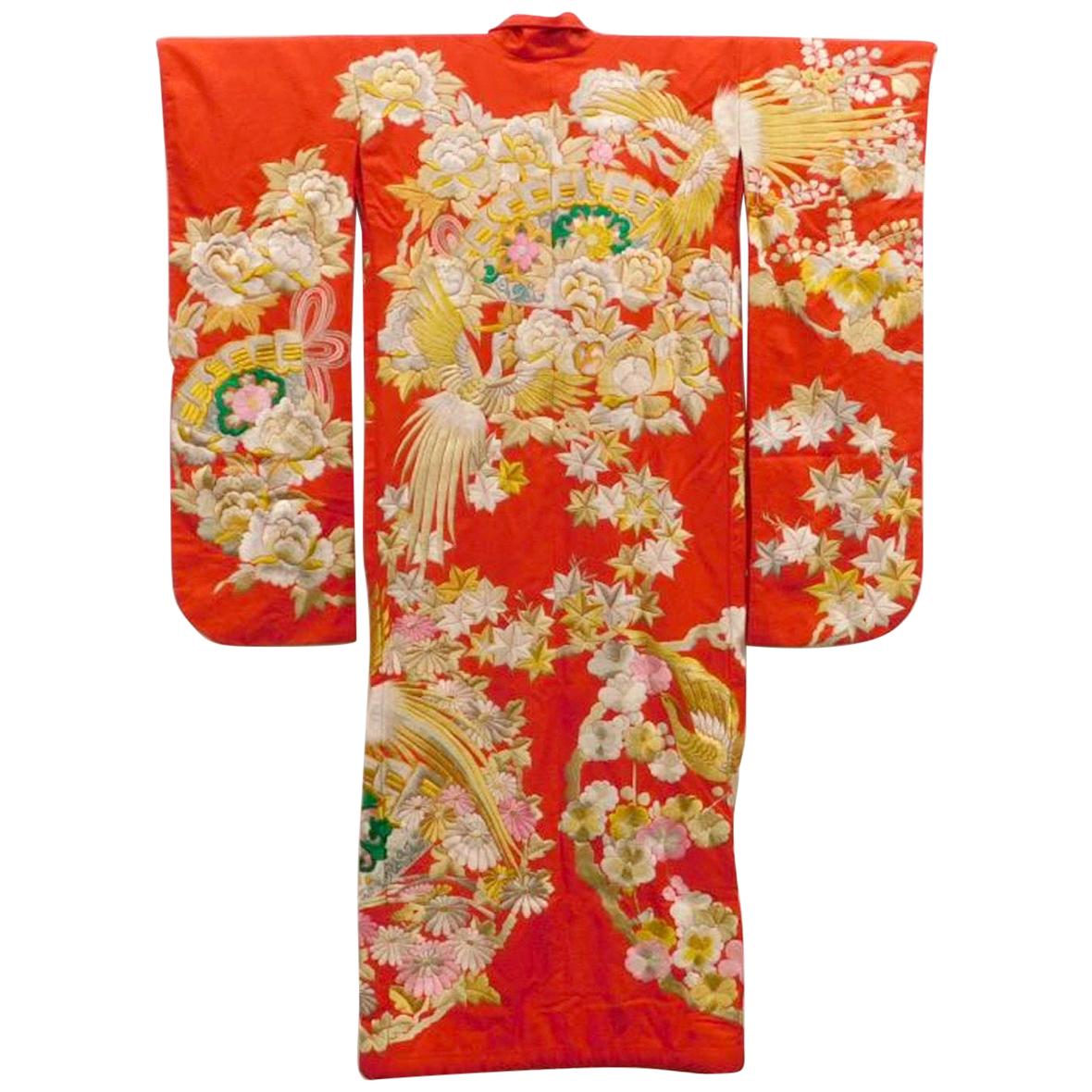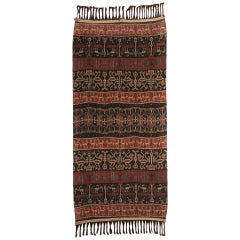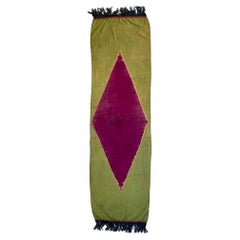
New Hinggi Kaworu, Men's Ceremonial Shawl
View Similar Items
1 of 1
New Hinggi Kaworu, Men's Ceremonial Shawl
About the Item
You May Also Like
- Large framed Antique Indonesia Ceremonial Ikat Hinggi from SumbaLocated in Atlanta, GAA large and striking woven Ikat from Sumba, Indonesia, circa early 20th century or earlier. This ceremonial cotton Hinggi with fringes is made from two panels joined together, which ...Category
Early 20th Century Indonesian Tribal Tribal Art
MaterialsCotton
$5,000 Sale Price23% Off - Antique Silk Lawon Ceremonial Shawl, Palembang, SumatraLocated in Point Richmond, CAAntique Silk Lawon Ceremonial Shawl, Palembang, Sumatra. A narrow rectangular silk textile dyed in 2 colors by the tritik (stitched and gathered resist) process having a crisp delin...Category
Early 20th Century Indonesian Tribal Textiles
MaterialsSilk
- Andrianna Shamaris Vintage Sumba Hinggi HipclothLocated in New York, NYClassic ikat from the island of Sumba with golden and burnt orange tones. Fabulous on a sofa, bed or a wall hanging. Ikat is an ancient technique which is used to add patterns to tex...Category
Mid-20th Century Indonesian Tribal Pillows and Throws
MaterialsCotton
- Andrianna Shamaris Antique Sumba Hinggi Hip Cloth with a Suede BorderLocated in New York, NYWe added a bone suede border to this beautiful Sumba Hinggi ikat on one side. Mythical characters, lizards, horses and birds intermingle in this graphic hip cloth from Sumba. Ikat is...Category
Early 20th Century Indonesian Tribal Pillows and Throws
MaterialsCotton, Suede
- circa 1900 Ceremonial Reed Mat, Sumatra, IndonesiaLocated in Point Richmond, CACirca 1900 ceremonial reed mat, Sumatra, Indonesia A wonderfully preserved reed mat used on ceremonial occasions in the south of Sumatra, Indonesia, the e...Category
Antique 1890s Indonesian Tribal Textiles
MaterialsRattan
- Ceremonial Cape Textile Art from Hmong Miao PeopleLocated in Atlanta, GAAn oversized and impressive cape worn during ceremonial dancing by Miao people (also known as Hmong in English) from Guizhou Province, China circa 1940s-1950s in a rarely intact and well-preserved condition. Miao people are diverse minority groups living in Southern China as well as Southeast Asia with complex sub-affiliations based on attires, languages, cultural customs and art tradition. They are renowned for their textile and silver craftsmanship as well as singing and dancing traditions. This cape, rather heavy in construction and striking in bold red and black, was made from wool, hemp and cotton. The surface showcases elongated diamond patterns in complementary woven wool and couched plaque on top of the cotton part. The pattern strikes the viewer with a strong sense of dignity and power. The heavy material and pattern are strangely akin to some of the Navajo weaving. The cape is in a form a jacket with long and wide sleeves, and it was meant to be used in ceremonial occasions. Our research reveals that the piece was from the Northwest Guizhou in an autonomous county called Weining. The area is of subtropical highland and the generally cold weather was reflected in the heavy materials used in this piece, in comparison with other textiles made in the warmer lowland. There is an older paper label with price tag in Chinese inside the cape. It was purchased in Guizhou decades ago by a US collection in MA. With a span of over 94 inches long, it makes a very impressive textile art piece for wall hanging. Not framed and easily shipping folded up. For a similar jacket from Weining, see "Miao Textile...Category
Mid-20th Century Chinese Tribal Textiles
MaterialsTextile
